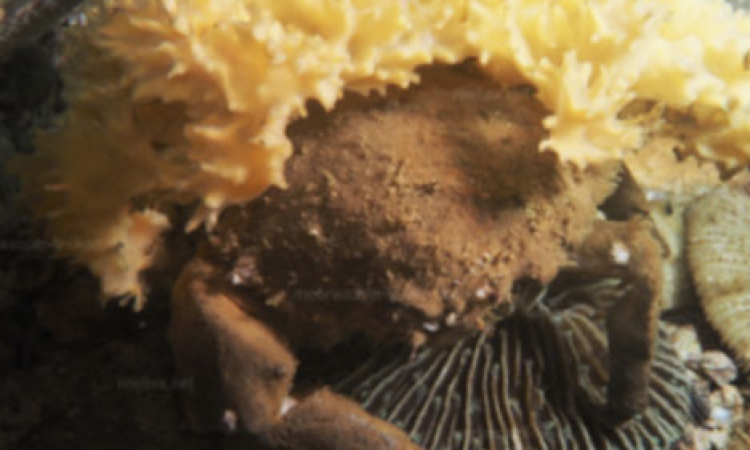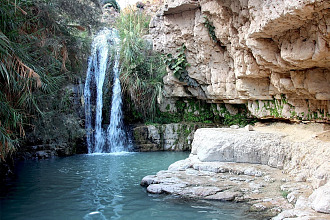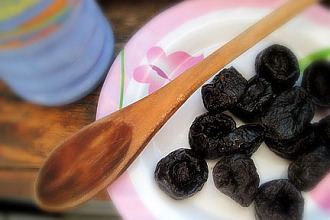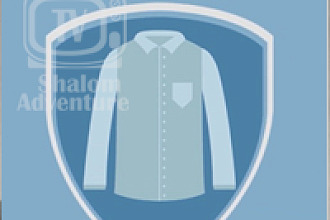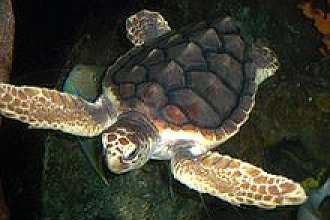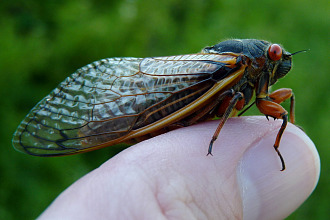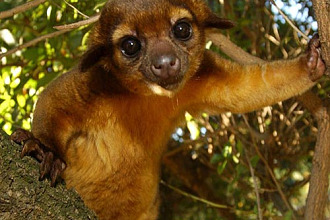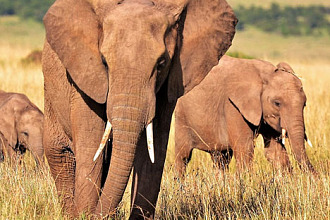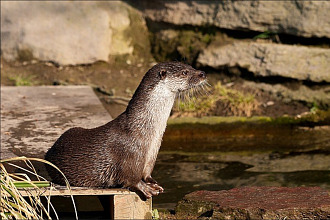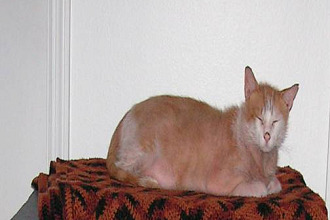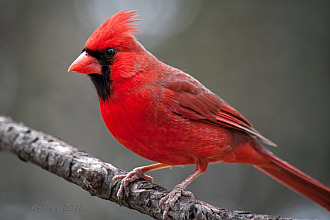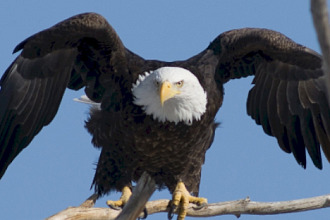The Dromia (or Sponge) Crab, with his ten legs, doesn't move swiftly.
He doesn't need to—due to the camouflage he carries on his back. You see, this very large crab has been created capable of cutting out a piece of sponge from a reef and trimming and shaping it to the right size to fit on his back! Then, using his two back legs to hold the sponge in position, he moves along side-ways on his other legs. By choosing a smelly sponge other sea creatures avoid (which he doesn't mind), he’s protected from attack and can go slowly on his way. His Creator planned for him not to need those two back legs for anything besides carrying the sponge in that position. It's a wise, obviously not-by-accident, design!
Then there's the very tiny Mud Fiddler Crab whose one claw (of the male) is larger than the other. He uses that larger claw, among other activities, to shove another male. This is to show strength to impress a female! (Something like arm wrestling—nothing hurtful.) The male's design is the reason these creatures are called "fiddler" crabs—due to the motion they make with one claw while eating—reminding the human observer of the motions made by one arm of a person playing the "fiddle." Meanwhile the female sifts through mud for edible items, leaving behind mud balls. In fact, when you see mud balls near a burrow hole, a crab couple just may be nearby. These little crabs' gills must stay moist, but they also need air to breathe. So just before the high tide comes in, these smallest-of-crabs dive into a hole and quickly put one of those mud balls as a plug behind them at the burrow's entrance! They are secure inside the hole with an air pocket until the tide goes out again. Now how do you suppose they know when it's high-tide time—and therefore time to plug up the hole they just dashed into? You and I may be unable to figure that out. But it was not by accident that their Creator programmed a sense of the tide schedule into them!
These crabs were loved enough to be given condition for survival. Would our Creator have done less when He created us?
"NOT BY ACCIDENT" (c) Juanita Kretschmar is used by permission and was first published in the book "Not By Accident" page 19.
Picture originally found here

